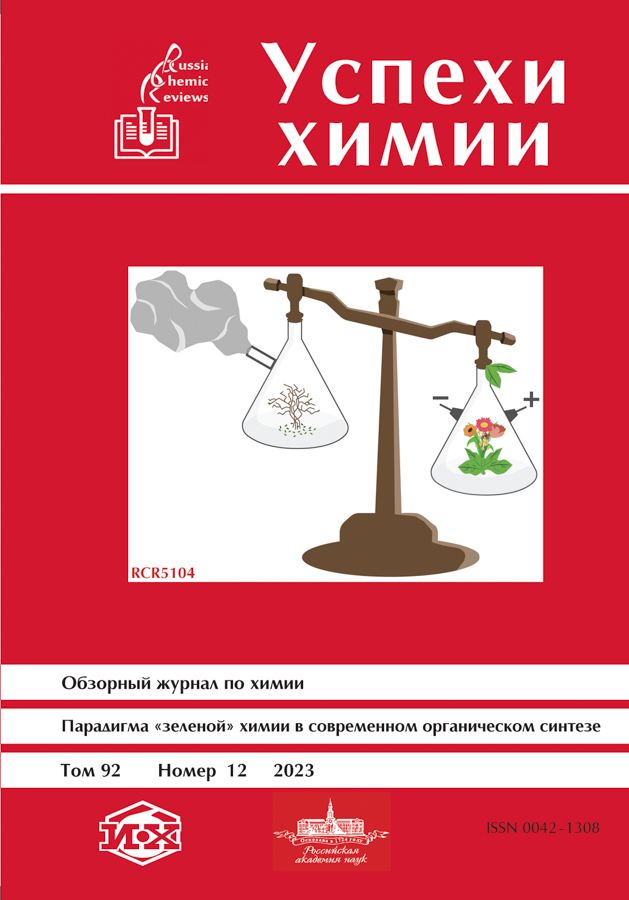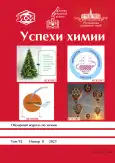Экспериментальная и теоретическая химия 1,2,3,4-тетразинов активно развивается последние 20 лет. Всё возрастающий интерес к этому классу соединений связан с тем, что 1,2,3,4-тетразиновый цикл является перспективным "строительным блоком" для создания высокоэнергетических и физиологически активных веществ. В обзоре рассмотрены различные типы 1,2,3,4-тетразинов: полностью ненасыщенные неаннелированные тетразины и их N-оксиды; тетразины с заместителями при атомах азота; аннелированные тетразины с общим для двух гетероциклов атомом азота; 1,2,3,4-тетразин-1,3-диоксиды, аннелированные бензольным, пиридиновым, 1,2,3-триазольным и 1,2,5-оксадиазольным циклами, а также 1,2,3,4-тетразин-1,3-диоксид, аннелированный вторым 1,2,3,4-тетразин-1,3-диоксидным циклом. Обсуждены методы синтеза и реакционная способность этих соединений, их кристаллографические особенности, спектральные характеристики и термическая стабильность. Представлены результаты квантово-химических исследований производных 1,2,3,4-тетразина. Рассмотрена перспектива применения 1,2,3,4-тетразинов в качестве энергоемких веществ. Библиография — 189 ссылок.
 RCR5082
RCR5082


 RCR5087
RCR5087


 RCR5088
RCR5088


 RCR5089
RCR5089











